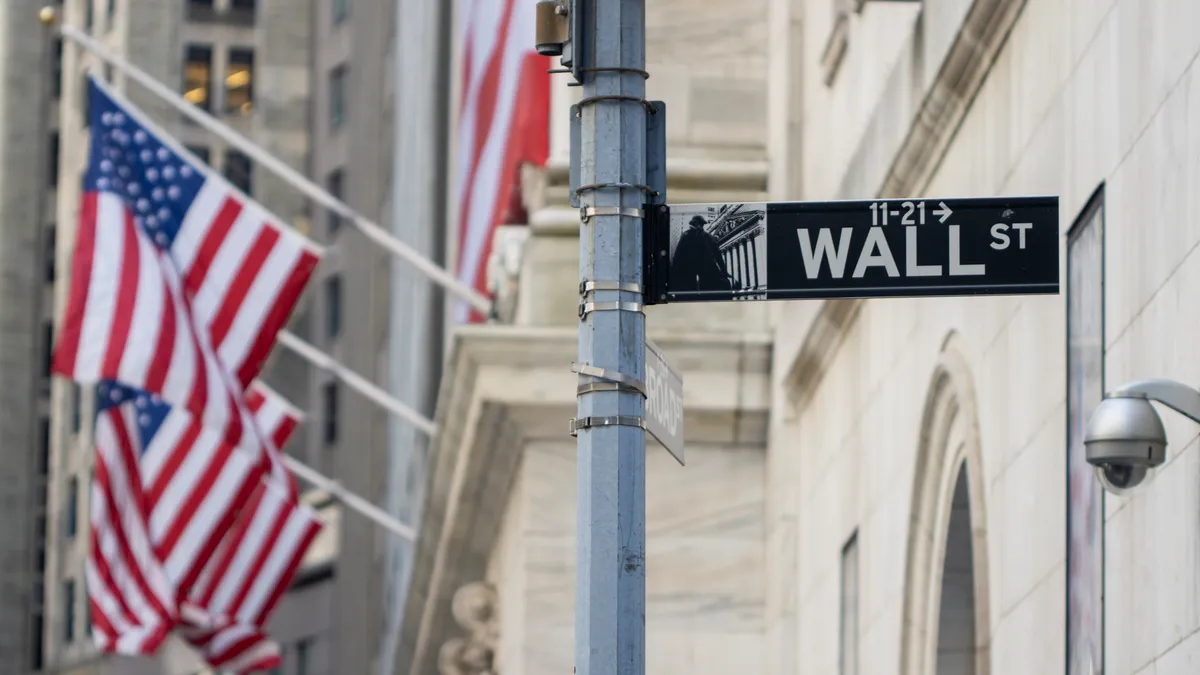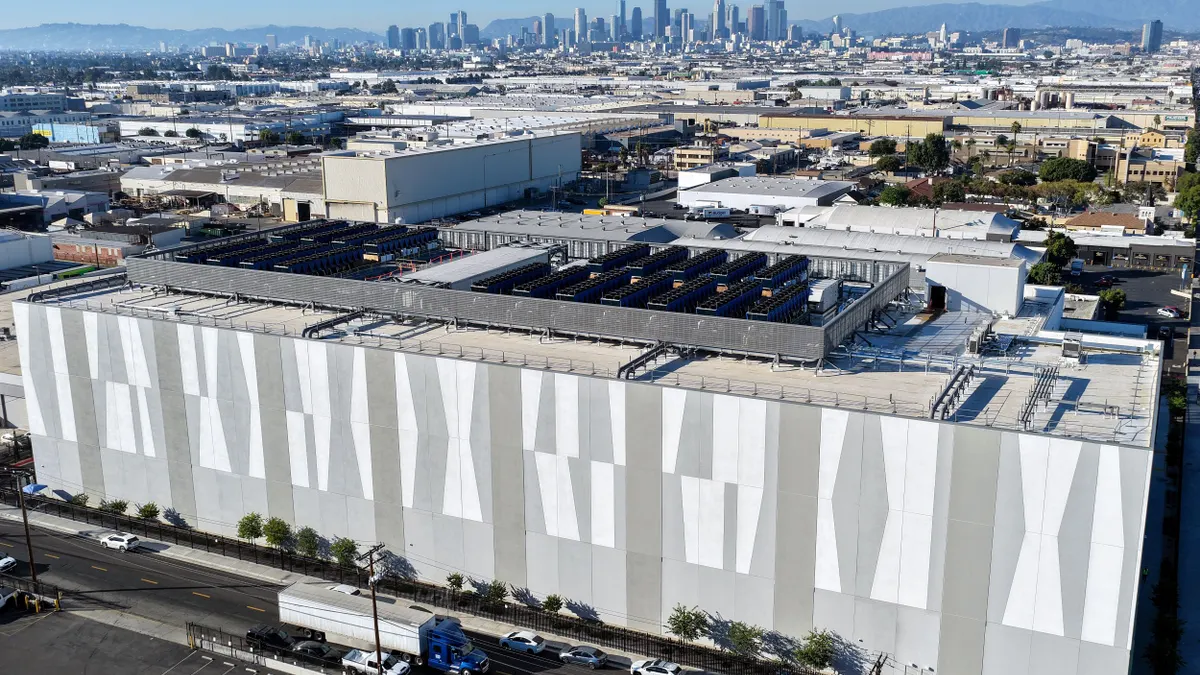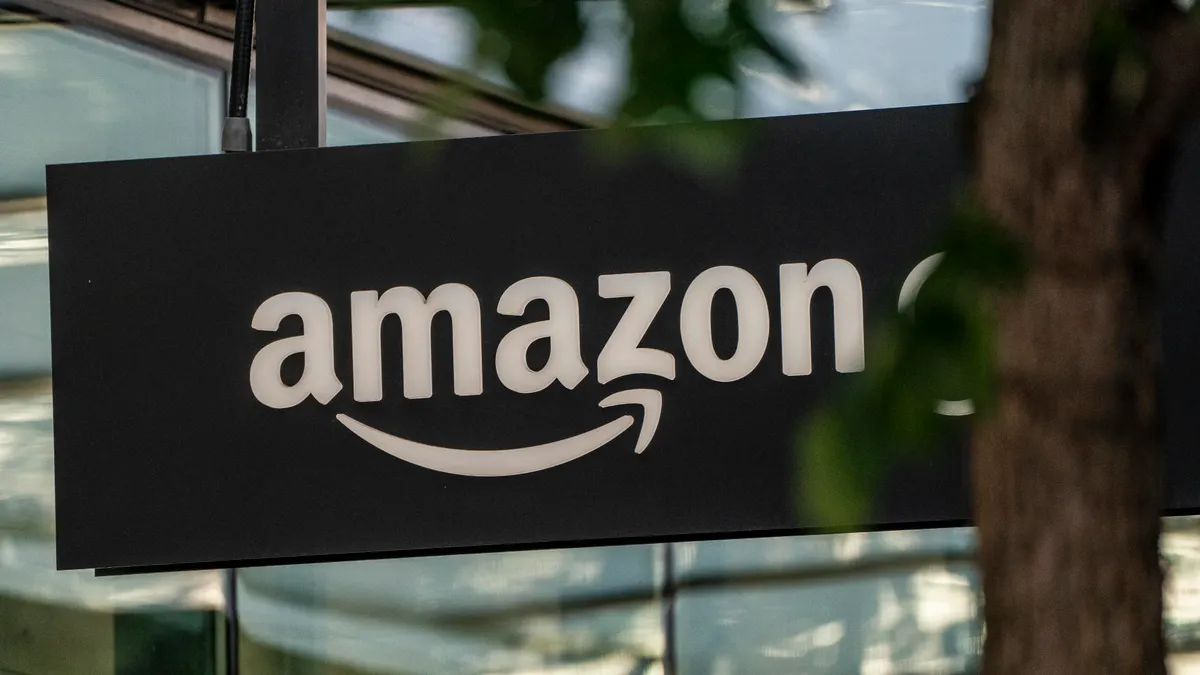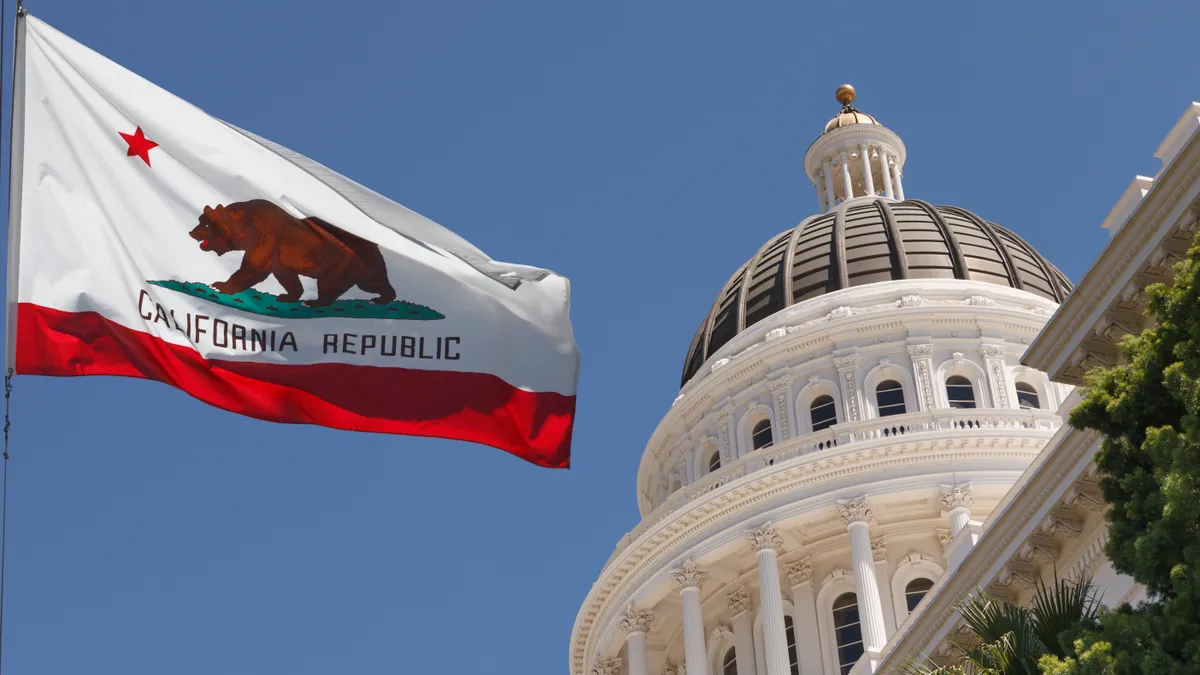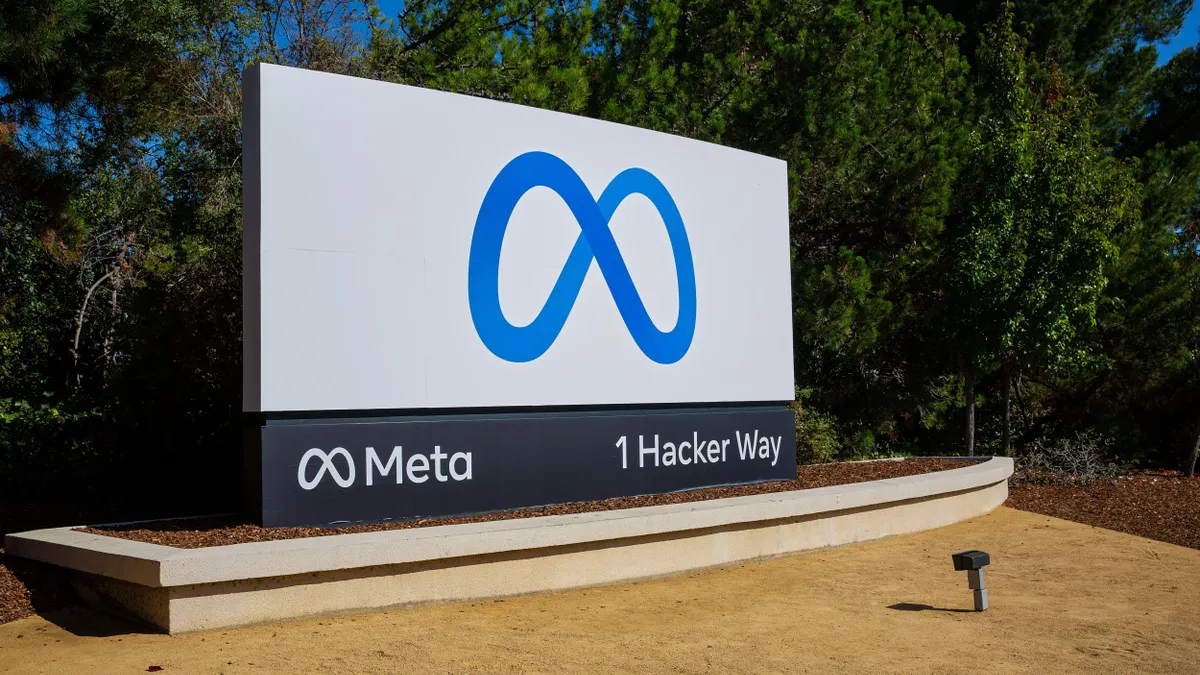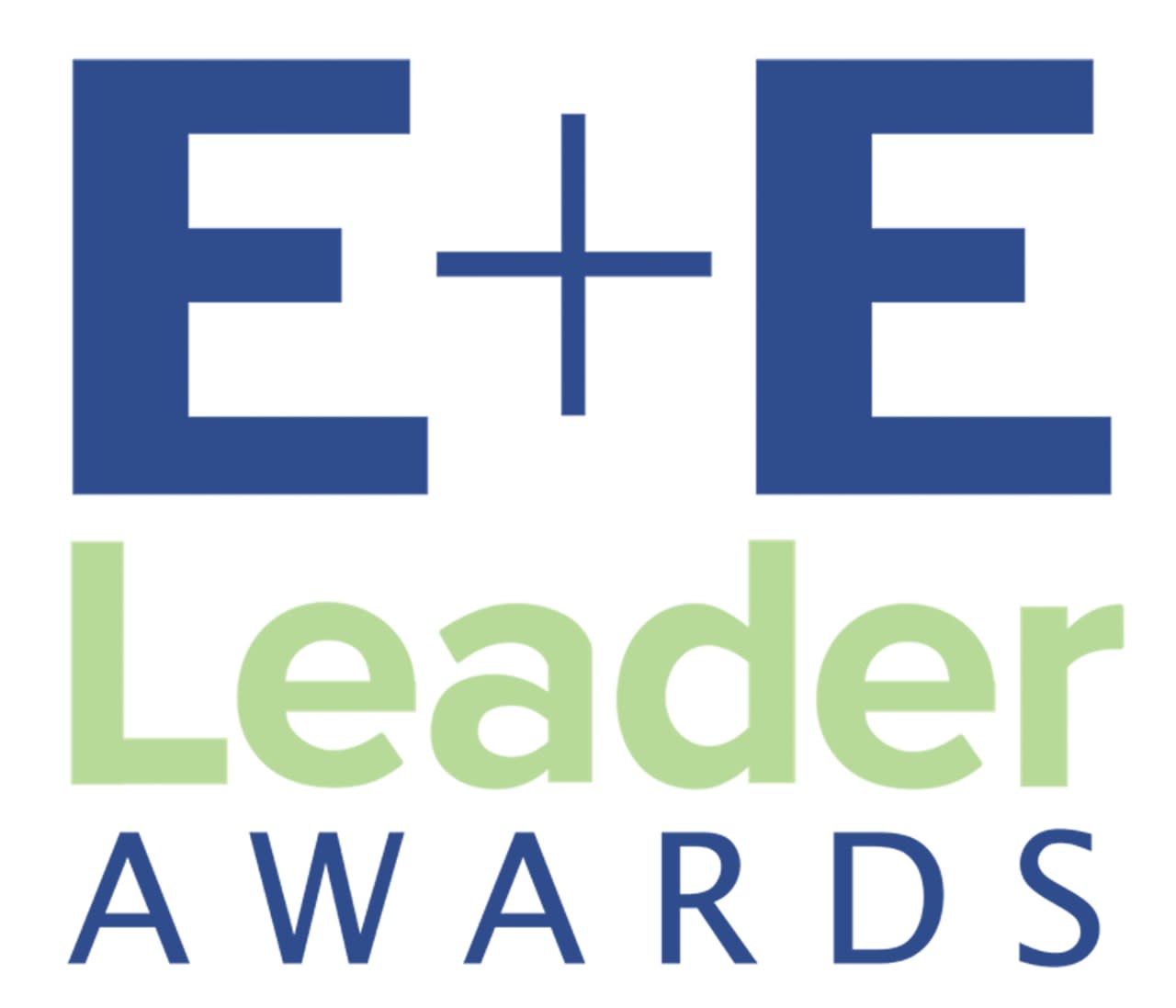The policy landscape in the U.S. surrounding environmental, social and governance frameworks varies by state, with at least 41 states proposing or enacting an ESG-related law since 2021. The majority of state-level laws passed are of the anti-ESG variety, as 20 states have anti-ESG laws on their books, compared to just eight states with pro-ESG laws, according to law firm Morgan Lewis.
The calculation of what is allowed by fiduciaries, with regards to ESG considerations, could become even more difficult as the Trump administration’s Labor Department weighs rescinding a rule specifically allowing pension plan managers to consider ESG factors in tiebreaker scenarios.
To help fiduciaries, including those managing funds for family estates and endowments, MIT Sloan School of management is offering a two-day course in July and November to help them understand how to navigate the current landscape. Andrew Lo, an economist, professor and director of MIT’s laboratory for financial engineering, will teach the course. Formerly a skeptic of the ESG model, Lo will now teach fiduciaries how to engage with the framework while abiding by their legal duties.
“Not all impact investments are created equal,” Lo said in an interview. “One needs to focus very specifically on what kind of impact they'd like to achieve, and then proceed with developing the best possible investment strategy to achieve that kind of impact.”
Editor’s note: This interview has been edited for length and clarity.
ESG DIVE: What have you observed as the long-term arc and trend with ESG in the United States?
ANDREW LO: I was a skeptic a number of years ago, when ESG was first emerging in the 1990s or so early, 2000s. I was a bit skeptical because it just seemed like it was a gimmick, something that investment banks and financial institutions were imposing on investors that neither knew or wanted this new product.
It wasn't until I started looking into it in more detail that I realized that the source of the interest in these products is not the financial institutions, but rather the new generation of investors. The baby boomers, the Gen X, Gen Z [crops] of investors said, “We're going beyond the usual risk and reward calculation.” And they began asking themselves, “What else can we do with our money, with our wealth, and what do we expect of our portfolios and our portfolio managers in terms of social impact?”
So, that's when I started learning more about it, taking this more seriously and then starting to do research on the idea of ESG [investments] and their performance. That's sort of my background, and in terms of the arc of what's been going on in ESG, I think we've seen a bit of a roller coaster ride.
It started out a bit rocky, as a kind of a niche idea, and then it became mainstream. Then it became very popular, and now it's gotten to the backlash point where people are pushing back on ESG, and in this current administration, I think that there'll be even more skepticism and possibly some action against these types of investment opportunities.
As a former skeptic, what would you say to people who might look at ESG and see something driven by activist investors or other agendas?
Not all ESG is created equal. There's different types of impact that investors are looking for. It's important to decouple the backlash against certain ESG funds from the very real and legitimate activities that impact investors have on the financial system and the benefits that come with that kind of impact — both financial and non financial.
You've got to really understand a little bit more about ESG before you decide either for or against this entire asset class. Because it's kind of like saying, “I believe in health care” or “I don't believe in health care.” That kind of attitude is not particularly informed, because there's lots of different kinds of health care, some which are life saving and critical and others, which are scams that you have to be wary about. I think that the same applies to ESG.
As the new generation of investors changed what they were looking for, what has that evolution looked like?
It was a bit of a surprise to me that investors were behaving in ways that differed from what standard finance theory calls for. Modern finance began with the notion that investors care about two things: risk and reward. They want to make as much money as they can by taking as little risk as they need to in order to earn those rewards. That's what we've been teaching our MBA students for decades, and that worked well up until a point.
But then, we had things like climate change; we had problems with fraud among certain financial institutions, as well as nonfinancial corporations; governance issues that emerged from the various kinds of SEC investigations. So it got to the point where investors were fed up with these kinds of scandals. And their view is that if I'm going to be putting money to work, I don't just want to rate a return, I want to see it have an impact, in certain ways — impact on the environment, impact on other areas of sustainability, social impact and governance.
Quite organically, there was a backlash to all of the kinds of either misbehaviors or unintended consequences of technology and our economic growth. That's what allowed these various different [ESG] products to get the traction that they have. And now we're seeing a backlash to that backlash.
So, I think it's really a form of adaptation that the entire financial ecosystem is going through to these different kinds of needs, as well as the different financial products that now serve those needs.
“I would argue that impact investing is a broader term that encompasses ESG, but what it really does is focus on each of the different areas and acknowledge that the kind of impact that you're looking for and the way that you measure impact can be different depending on what your own personal goals are.”

Andrew Lo
Professor at MIT Sloan School of Management
What led you to launch a course on impact investing? What do you hope to accomplish through it?
Well, the course came out of the fact that I didn't understand how to think about ESG from a financial point of view. I know what I teach my MBA students, and now with the growing importance of impact to investors, I was at a loss as to how to advise my students.
What do you do? Do you focus on risk adjusted returns — which is what we're supposed to be focusing on from both the financial theory and a legal perspective for those of us who have fiduciary duties to clients — or do we focus instead on trying to maximize impact of one form or another based upon what particular clients of certain investment funds are seeking?
I realized that if I was puzzled by that, that probably meant that a lot of other people were equally puzzled, especially those who don't have access to the kind of research experience that I do. So, at that point, which is about maybe five or six years ago, I decided to start spending some of my research time trying to understand a very narrow question: As a fiduciary, what can or can I not do with regard to ESG investments? If I'm advising a pension plan or I'm a trustee of an endowment, how do I discharge my fiduciary duties while at the same time responding to the whole ESG movement?
That's when I developed a formal mathematical framework that provided a way to gauge what the financial consequences are of impact investing, and that's when I realized that not all impact investments are created equal.
At one extreme, if you decide that you want to divest from tobacco stocks. Given how much money tobacco companies are able to earn, I have no false assumptions that if I divest from tobacco stocks, that somehow that decision will improve my rate of return. It won't; it will hurt my returns. I will lose risk adjusted return if I divest from tobacco companies.
At the other extreme, though, there are certain rare disease drug companies, where if they succeed in developing drugs for rare diseases, they will be profitable. So that's an example of being able to have an impact and have good financial rates of return. Those two examples, tobacco companies versus rare disease drug companies, made me realize that when we talk about ESG, that's way too much of a generalization.
We need to be more specific about the kind of impact we're looking for, and then, within that kind of impact, ask “what are the financial consequences to investors if we either invested or divested from those companies?”
So, I developed a framework, got it published, and now a number of people are using it as a way to gauge the financial impact of impact investments.
That made me realize that there are a lot of people out there who don't necessarily read the literature or are familiar with these ideas, but they desperately need this framework to be able to manage their own personal wealth in ways that are true to their mission, while at the same time being able to generate a reasonable rate of return for their future generations. The purpose of the course is to provide that source of information, and then to bring in relevant stakeholders from the different impact communities to provide their take on how these measures do or do not satisfy their particular objectives.
How do you guide fiduciaries through this process?
That's one of the reasons why the course was so timely and relevant. The idea is that fiduciaries need to measure the financial consequences of the particular impact that they're seeking, and we have a standard kind of financial framework for doing it that's designed to calculate the financial impact of a particular kind of impact investing. Then, once you measure it, you need to disclose that to your investors, and disclosure cures 99% of the issues regarding fiduciary responsibility.
For example, in the case of the tobacco company, if I'm the investor, and a portfolio manager approaches me who is planning to divest from tobacco stocks and tells me that if I were to invest with him and he was going to create a [portfolio of] S&P 500 companies minus tobacco, that's going to end up costing me something like a quarter percent return per year, and was I comfortable with that. Well, once he's done that, he has now discharged his fiduciary duty. He has disclosed to me what the impact is. I've given him permission. I've told him I'm comfortable with that. It's all good.
So, that's an example of the kind of guidance that we can offer fiduciaries if you use this framework to disclose. I'm not selling anything [beyond the cost of the class]. I don't have a commercial business charging investors to use this set of analytics. The analytics are published in a journal, and it is open source, so anybody can use these analytics, calculate them themselves, and then disclose them to their investors. Once you've made disclosure, you have now discharged your fiduciary responsibilities, and that allows all parties to be able to go forward with impact investing and not worry that they're going to get sued by the state of Texas for doing something inappropriate for investors.
And who are you hoping will take this course?
We're hoping that fiduciaries like certain family offices — the ones that are going to be making these investments and those who are managing money for families — take the course. But we think that all investors and financial advisers might want to take it as well. This course gives them an opportunity to understand what the issues are with fiduciary responsibility, how to measure the various different impacts of impact investing, and also to get up to speed on this entire area of impact investing and how it relates to ESG.
Many people in the ESG community have been arguing that, you know, maybe it's time to separate the environmental, social and governance. And I think that's also my point. Lumping them together is doing no favors for investors or for the portfolio managers that are involved. What is needed is to look at impact investing from the ground up, and to be able to measure what it is that the particular investors in impact funds are looking for, and to calculate the financial consequences of being able to achieve that kind of impact.
What are the main differences you see between ESG investing or ESG frameworks, and impact investing?
ESG has become a buzzword to lump environmental, social and governance issues [together], and those three sets of issues are very different, and the measures for impact in those three domains are very different. I would argue that impact investing is a broader term that encompasses ESG, but what it does is focus on each of the different areas and acknowledge that the kind of impact that you're looking for and the way that you measure impact can be different depending on what your own personal goals are.
Impact investing is the broader perspective of investing for purposes other than purely just earning a financial reward. It could include [a financial reward] as part of the mandate, but it may also include dealing with climate change, dealing with recidivism, dealing with social change of different types. So I would argue that impact investing is a broader term, and ESG is one example.
And for those who are interested in ESG, we will show as part of the course how you can discharge your fiduciary duties while still maintaining the ESG focus. And for those who are looking for either “E,” or “S’ or “G” — or none of the above but some other kind of impact — our framework will allow them to achieve their goals while at the same time maximizing the financial benefits to whatever degree they're comfortable with.




